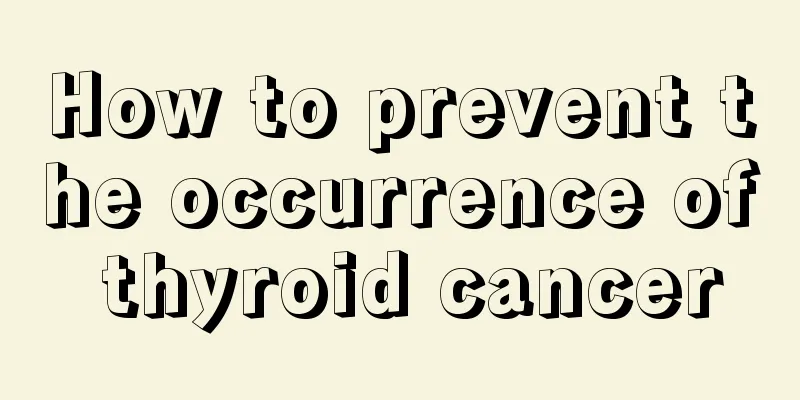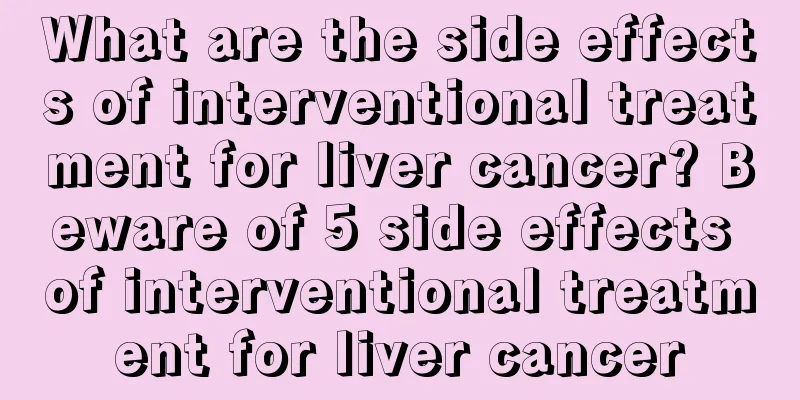What is the function of potassium tablets

|
Taking medicine is the most common way to treat diseases in people's daily lives. Compared with injections or infusions, taking medicine may be slower to take effect, but it is the most convenient way. You can take the medicine some time after a meal. There are many types of drugs, and glucosamine sulfate potassium tablets are a very common one. It has many functions. The following is a detailed introduction to its functions. Oral administration of this product can increase the absorption of tetracycline drugs in the gastrointestinal tract and reduce the absorption of oral penicillin or chloramphenicol. This product can be used simultaneously with steroidal or non-steroidal anti-inflammatory drugs. Pharmacology and Toxicology Pharmacological action: Glucosamine is a natural amino polysaccharide and a basic component of articular cartilage. This substance promotes the synthesis of chondrocytes and protects them from damage by destructive enzymes. It stabilizes cell membranes and intracellular collagen, and thus has a protective effect on cartilage at rest, in motion, and in recovery, thereby delaying the pathological process and progression of osteoarthritis, improving joint movement, and relieving pain. Pharmacokinetics According to literature, in animal experiments, the use of 14C-labeled glucosamine sulfate revealed that glucosamine sulfate has a special affinity for articular cartilage. It has been confirmed that glucosamine sulfate does not bind to plasma proteins of mice, dogs, and humans in vitro. 14C-labeled glucosamine sulfate was administered to humans via oral, intramuscular, and intravenous administration. After entering the human body, glucosamine sulfate was rapidly absorbed and decomposed into D-glucosamine and sulfate ions. After 1 to 2 hours, the radioactivity of glucosamine almost completely disappears, and it is replaced by radioactivity derived from plasma γ-globulin, indicating that glucosamine and its derivatives are bound to plasma γ-globulin. This radioactivity reaches a peak 8 to 10 hours after administration, with a half-life of 70 hours. After 120 hours, 28% of the radioactivity is excreted from the urine, and less than 1% of the radioactivity is excreted from the feces. Results after IM injection are similar to those after IV injection. After oral administration, 90% of glucosamine sulfate is rapidly absorbed by the gastrointestinal tract. Free glucosamine sulfate cannot be detected in plasma. The pharmacokinetics of plasma protein radioactivity are similar to those of intramuscular and intravenous injections, but plasma concentrations are 5 times lower than those of intravenous injections. The AUC of the drug when taken orally is 26% of that when injected intravenously or intramuscularly. This may be due to the first-pass effect of the drug entering the human body. In the liver, most of the glucosamine sulfate is broken down into small molecules and ultimately into CO2, water and urea. |
<<: The efficacy of sea buckthorn wine
>>: The urine is very yellow and smells very bad_The urine that comes out is very smelly
Recommend
How to accurately diagnose liver cancer? Comparison of the advantages and disadvantages of liver cancer imaging diagnosis
Liver CT perfusion imaging refers to the dynamic ...
Is it harmful to drink too much water before going to bed?
Water is the basis of life. We cannot survive wit...
What does skin cancer look like
Skin cancer, as the name suggests, is a type of c...
Is rubella virus contagious?
Rubella is a highly prevalent disease that causes...
What is the reason for nose bleeding due to nasopharyngeal cancer
What causes nose bleeding in patients with nasoph...
What are the muscles that control ejaculation?
During sexual intercourse, men all hope to ejacul...
Does bloody nasal discharge mean nasopharyngeal cancer? How to prevent it?
Nasopharyngeal cancer is a type of cancer that ca...
Autumn health care to achieve 6 "harvest"
The energy of heaven and earth always has tempora...
How should blood moles be treated?
A blood mole is a small red mole that grows on ou...
At what age can a child apply for an ID card?
Nowadays, many parents want to open an exclusive ...
Diet therapy for sinus tachycardia, daily conditioning should be like this
Sinus tachycardia caused by physiological factors...
What are the functions and effects of a sheep horn comb?
Combing your hair every day has many benefits to ...
Insomnia and numbness in hands and feet
The weather changes these days may cause people t...
What are the symptoms of lymphatic duct obstruction?
Lymph is an important organ for us to resist exte...
The effect of vinegar essence
What is the function of vinegar essence? I believ...









